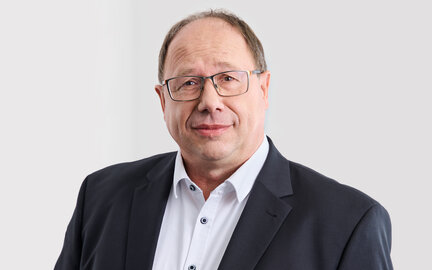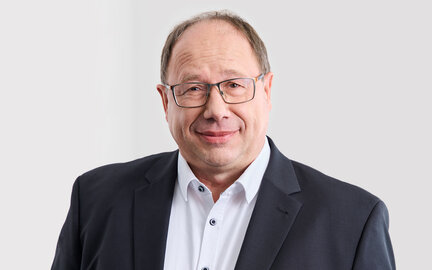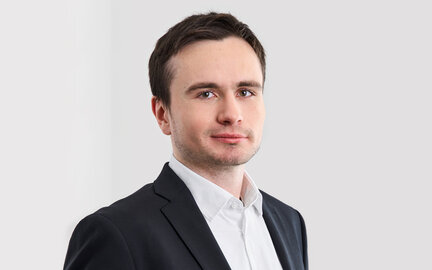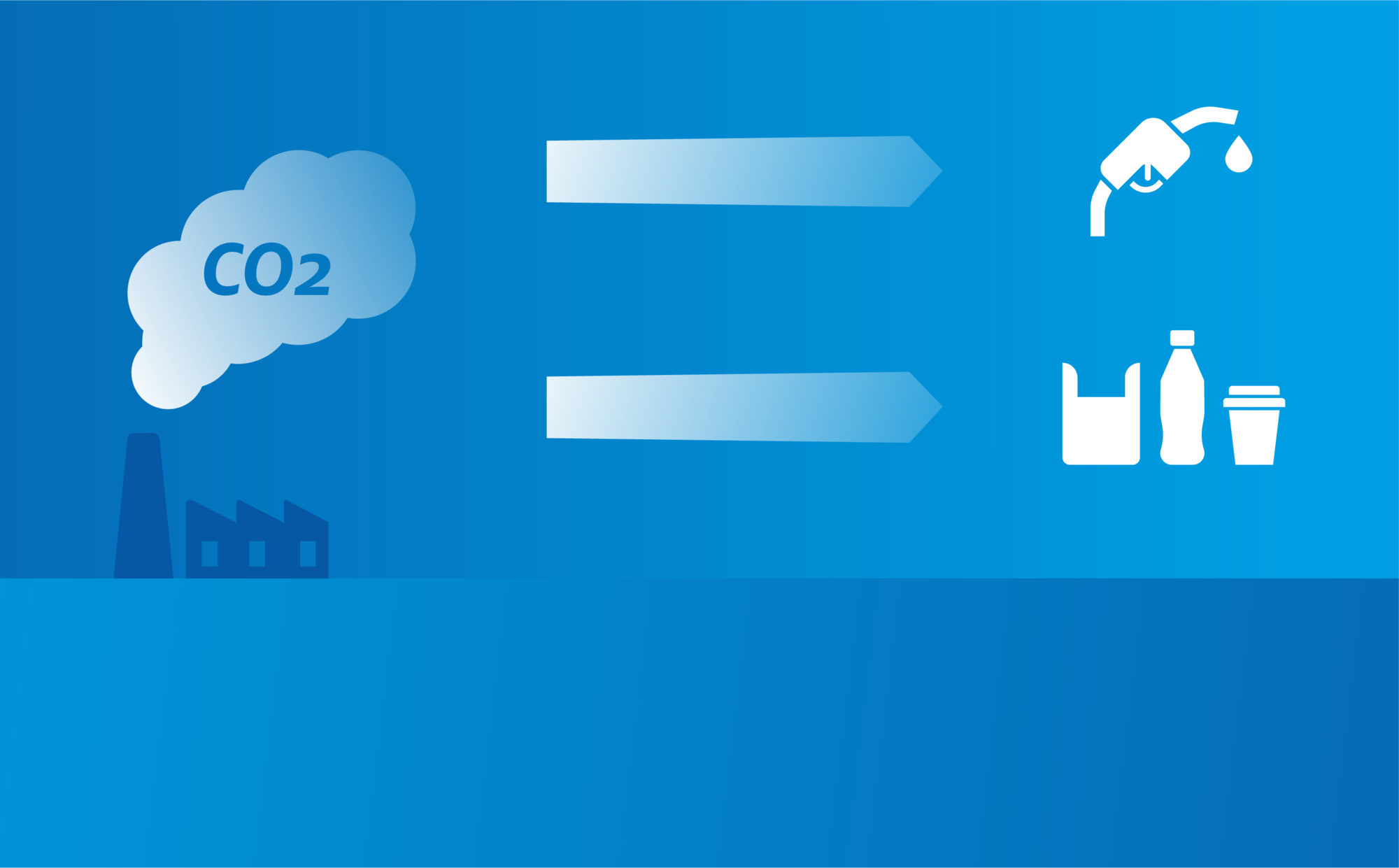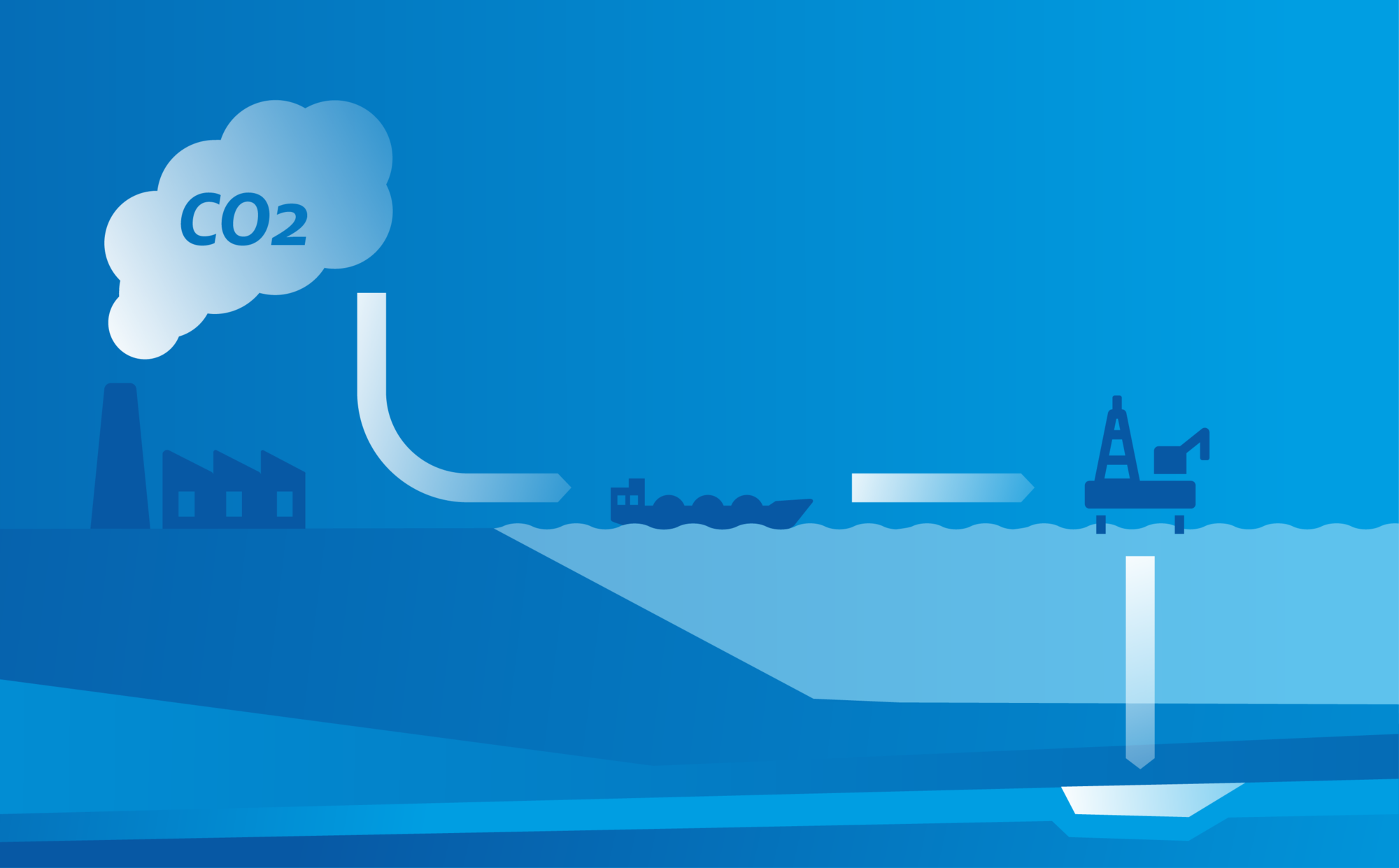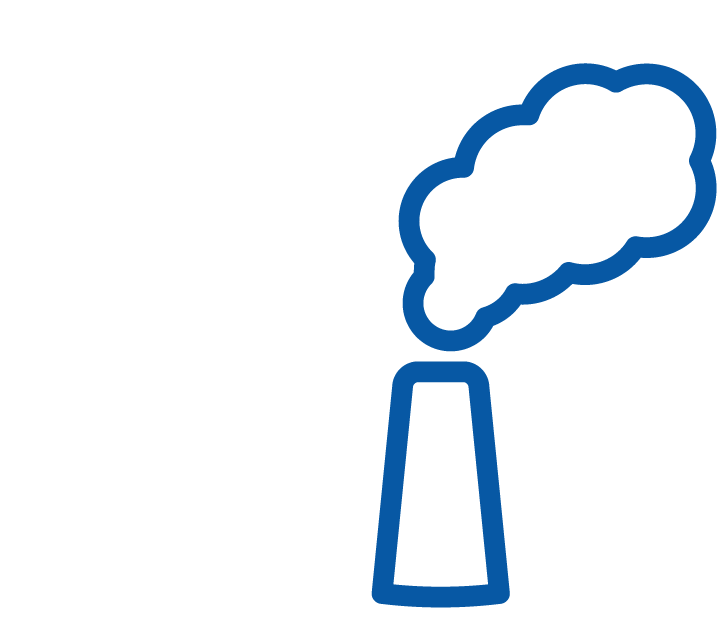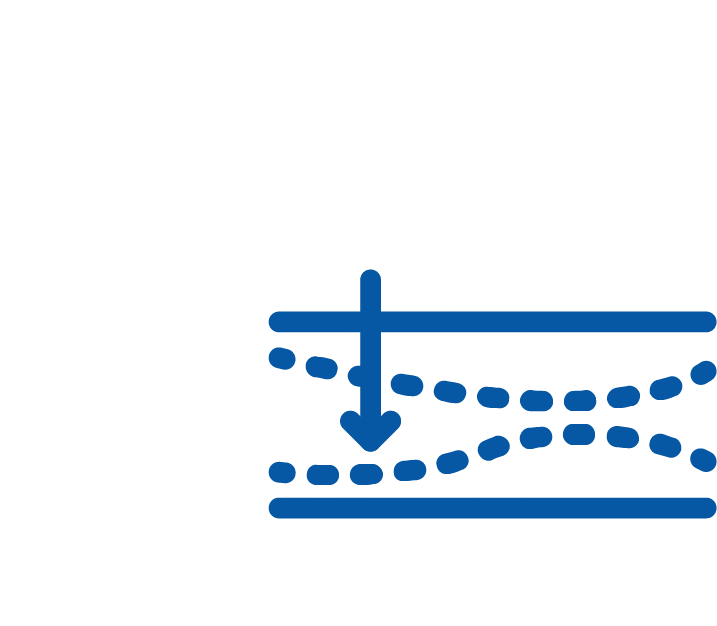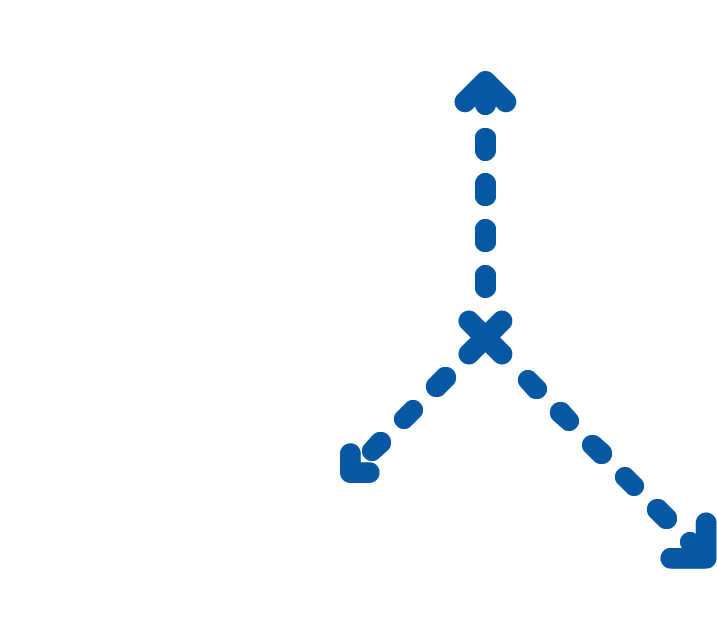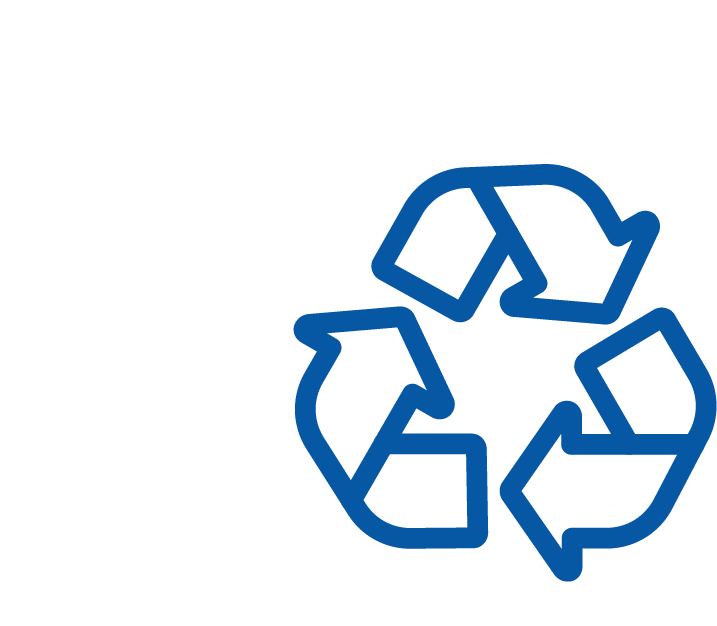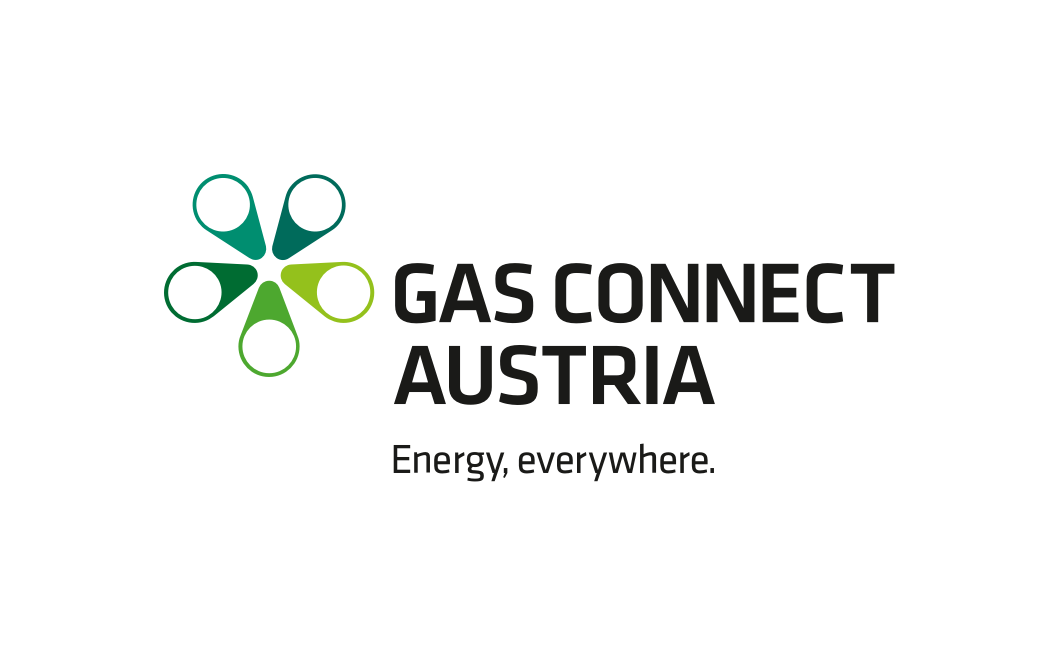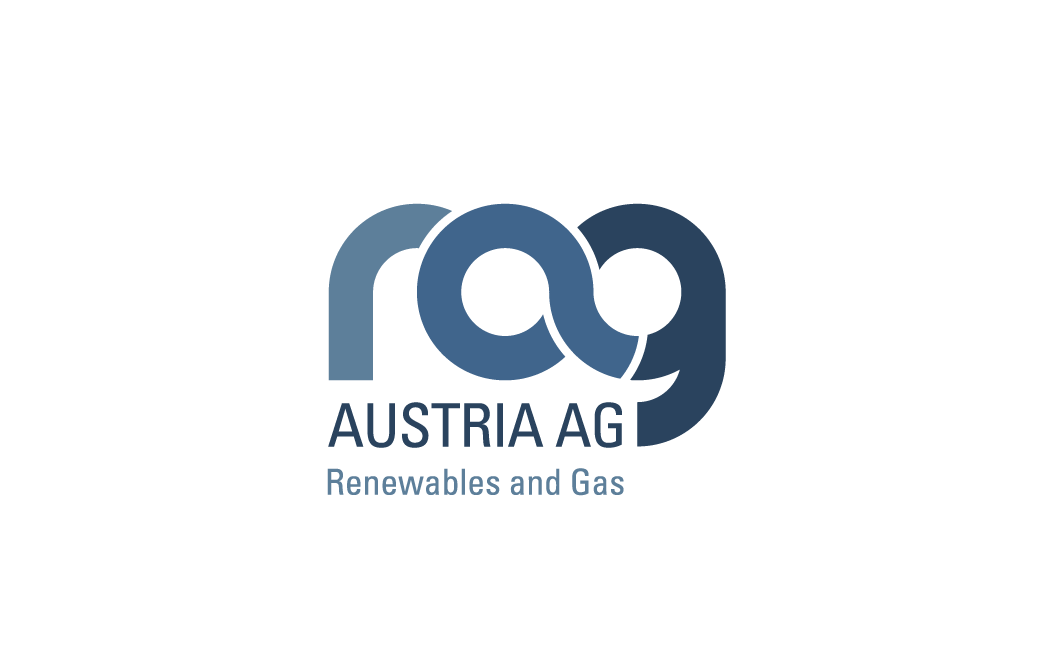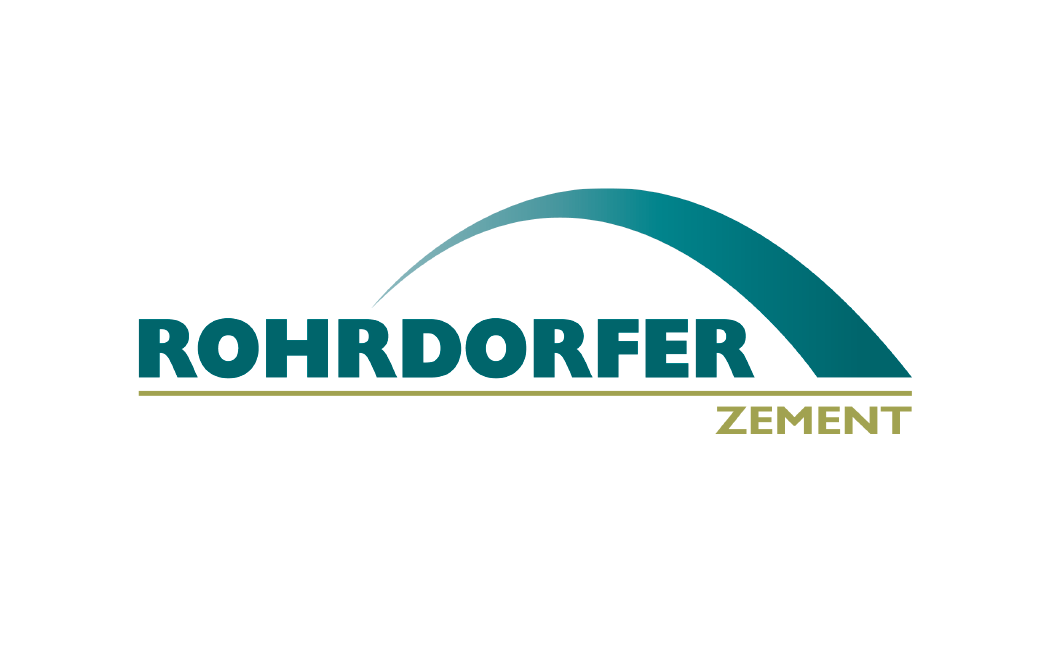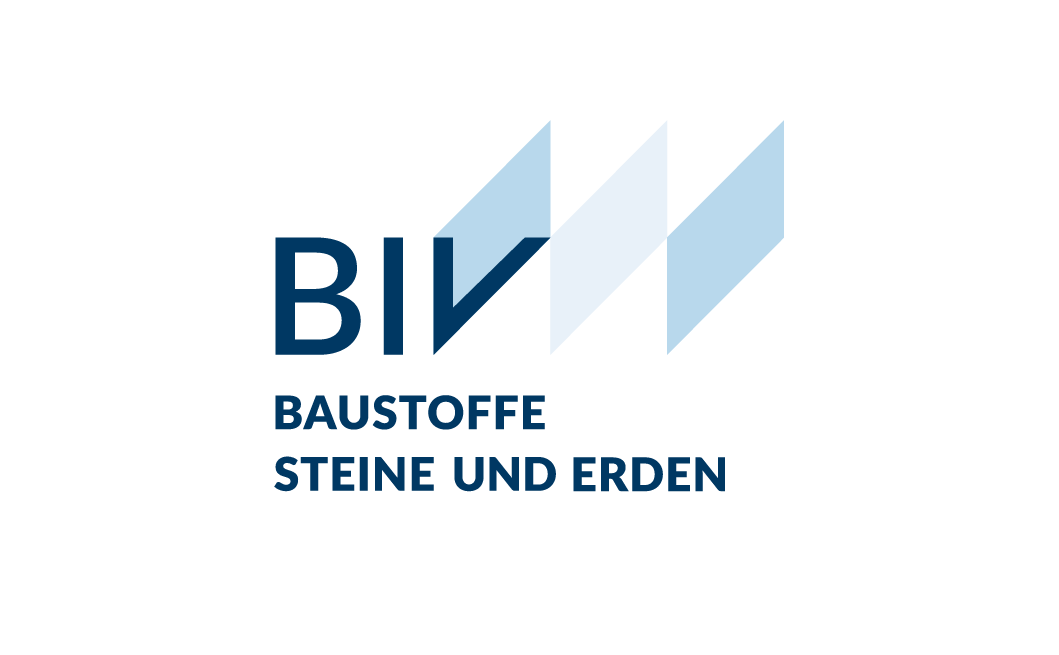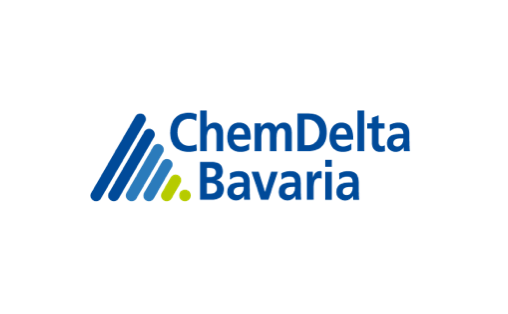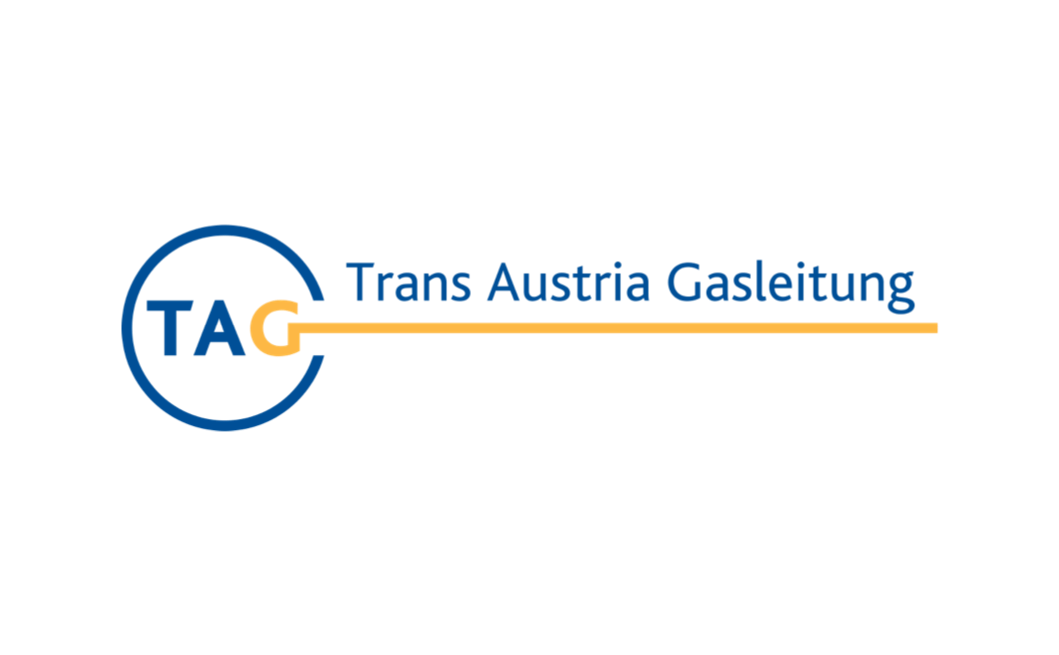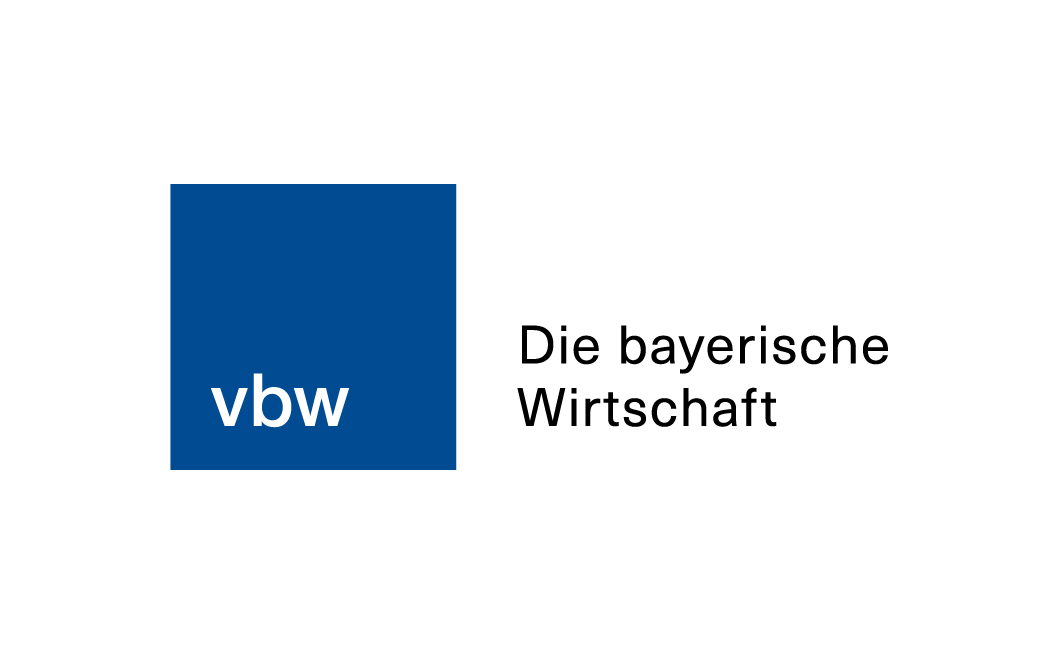Circular carbon economy: new ways towards climate neutrality.
The Federal Republic of Germany is aiming to achieve climate neutrality by the year 2045 – Bavaria and Austria by 2040 already. For industries with process-related emissions, it is necessary to capture CO2 and establish a circular carbon economy.
The “co2peline” project can create the required prerequisites by providing a pipeline infrastructure in Bavaria and Upper Austria that connects CO2 sources with sites needing CO2 as a material resource and with geological storage facilities for interim storage.
Bavaria will continue to need a strong industry in the future to ensure its prosperity. This also applies to companies in the cement industry where the generation of CO2 is unavoidable due to the nature of the process. For these cases, we need innovative and affordable solutions. Therefore, I welcome the initiative of bayernets and Rohrdorfer regarding a CO2 infrastructure.
Hubert Aiwanger
Deputy Minister President of Bavaria
Bavarian State Minister of Economic Affairs, Regional Development, and Energy
CO2 – Utilise or store?
To achieve our climate targets, it will not suffice to rely solely on measures that avoid CO2 such as green hydrogen, geothermal energy or electrification. In industries like lime and cement production or unavoidable thermal waste management, process-related CO2 emissions will continue to be produced after 2045. Technologies such as Carbon Capture and Utilisation (CCU) and Carbon Capture and Storage (CCS) are able to reduce atmospheric CO2 levels. While CCU converts CO2 into usable products, CCS stores CO2 in a safe way.
CCU
CCU (Carbon Capture and Utilisation) refers to the technology that is able to capture CO2 from emissions and utilise it for industrial applications. This can be in the chemical industry, for example, or in the production of synthetic fuels. This means that CO2 is not only captured from the atmosphere, but is also converted into useful products, thus supporting a circular economy.
The Rohrdorfer decarbonisation roadmap envisages the recovery of large quantities of CO2. If this CO2 is to be stored temporarily or used as a raw material, it must be transported efficiently and safely to its destinations. This can only be achieved through a rapid and dynamic construction of a CO2 pipeline network. The feasibility study on the CO2 pipeline network, in cooperation with bayernets, is our first important step.
Mike Edelmann
Managing Director Rohrdorfer Group
Circular carbon economy
The circular carbon economy is based on thinking of CO2 not simply as a waste or emission product, but rather as a valuable resource that can be used efficiently and reintegrated into the production process. This means capturing CO2 from emissions (Carbon Capture), possibly converting it and then reusing it in various industrial processes (Carbon Utilisation). Surplus CO2 can be stored temporarily or permanently (Carbon Storage). This circular system helps to reduce CO2 emissions and contributes to achieving climate targets. It also supports a sustainable economy by diminishing our dependence on fossil raw materials.
CO2 pipeline infrastructure between Bavaria and Upper Austria
The chemical industry in Bavaria and Upper Austria is already showing a demand for carbon that is currently being met mainly by local, fossil production.
The “Trans4In – energy transformation in the Chemical Triangle of Bavaria” project has illustrated how the energy supply for the Bavarian Chemical Triangle can be transformed while gradually phasing out fossil fuels. In this context, the “co2peline” project can make a considerable contribution to creating an indispensable network infrastructure, which guarantees stable, reliable and efficient CO2 transportation and supply.
Carbon capture
CO2 can be captured using various technical processes, either directly at the point of origin (point source with high CO2 concentration) or from the ambient air (low CO2 concentration). The composition of the waste gas (gaseous waste products resulting from material conversion processes) or of the ambient air and the CO2 concentration it contains, influences which capture technology is selected and how much energy is required. Generally speaking: the higher the CO2 concentration in the waste gas, the more efficient and energy saving the CO2 capture. It is therefore recommended to separate the CO2 directly at the point of origin.
Transport
There are various transportation options for CO2. Trucks and rail are suitable for small quantities over short and medium distances. Transport by ship or pipeline are the most efficicent for long distances and large quantities.
According to the dena lead study “Aufbruch Klimaneutralität” (English: Towards Climate Neutrality), 34 million tonnes of CO2 per year are to be captured from waste gases in the year 2045 in order to reach climate targets in Germany. Of this figure, 24 million tonnes are to be permanently stored geologically and approximately 10 million tonnes are to be returned to the material cycle using CCU technologies. As the transport capacity of trucks is limited to about 25 tonnes of CO2 and rail capacity to about 1,050 tonnes of CO2, a high-performance pipeline network is indispensable for transporting CO2.
International connectivity
Development of a cross-border CO2 transport network facilitates both international cooperation and the most efficient use of resources for CO2 capture, transportation, utilisation and storage. It thus reduces costs and promotes the exchange of technology and knowledge while at the same time supporting global climate targets.
Our new network in Bavaria and Upper Austria is one of the first of its kind in Central Europe and connects regional CO2 emitters and users.
The decarbonisation of cement and concrete relies on a CO2 infrastructure to transport the captured CO2 to its destination. In this context, the initiative by bayernets and Rohrdorfer cannot be overstated. It is an important project that we at VDZ will be happy to support comprehensively at any time.
Dr. Martin Schneider
Chief Executive of the Association of German Cement Manufacturers (VDZ) and Head of the Research Institute
CO2 – a useful resource
CO2, or carbon dioxide, is often seen as a harmful by-product of industrial processes and human activity, especially because of its role as a greenhouse gas in connection with global warming. CO2 is, however, not only a “waste product”, but can also be seen as a valuable raw material – a source of carbon.
Below you will find some examples.
Together for a climate neutral future
A circular carbon economy for unavoidable CO2 emissions and storage are able to make a significant contribution to achieving our climate targets. However, this involves not only a technological challenge. It also requires close cooperation between politics, business and society as a whole in order to maintain Bavaria’s and Upper Austria’s positions as attractive industrial locations in a climate neutral future. Our thoughts on developing a CO2 transport network contribute to shaping an efficient circular carbon economy and support the path to climate neutrality.
FAQs
Here we explain details about carbon dioxide and CO2 transport. We answer frequently asked questions that we encounter as grid operators on a daily basis.
CO2 (carbon dioxide) has a number of special properties that differentiate it from other chemical compounds:
- Greenhouse gas: CO2 is a greenhouse gas. It contributes to creating the greenhouse effect by trapping heat radiation from the Earth and warming the atmosphere. This warming has an impact on the climate and climate change.
- Photosynthesis: CO2 is crucial for plants. Plants absorb CO2 from the atmosphere through photosynthesis and convert it together with water and sunlight into oxygen and glucose. This process is indispensable for sustaining life on Earth and for producing food.
- Solubility: CO2 is relatively soluble in water and is the basis for carbonated beverages.
- Versatility: CO2 is used in various industries and applications. It is used, for example, in the food industry as an additive for carbonated beverages. It is also used in the chemical industry, for example when extracting oils and aromas or when producing dry ice.
CO2 storage is a tested and proven technology that is already being used worldwide to reduce CO2 emissions. It is crucial that such storage complies with strict environmental and safety standards in order to ensure that the CO2 permanently remains in the storage formations.
CO2 can be stored permanently using the following methods.
- Geological storage: CO2 can be stored safely in appropriate geological formations such as deep saline or rock layers. CO2 is injected into the formation under high pressure and subsequently retained by natural barriers such as rock layers and salt seals.
- Depleted oil and gas fields: Depleted oil and gas fields can serve as storage places for CO2, which is injected into the empty underground pore reservoirs where oil and gas were safely stored for millions of years.
It is important to note that strict monitoring and safety measures must be taken when storing CO2 in order to prevent possible leakage or unwanted release. Suitable locations are therefore carefully selected to ensure that CO2 is stored safely and permanently.
BECCU/S stands for Bioenergy with Carbon Capture and Utilisation (BECCU) or Bioenergy with Carbon Capture and Storage (BECCS). To generate bioenergy, biomass can be decomposed to biogas in an oxygen-free environment. Biogas mainly consists of energy-rich methane (CH4) and biogenic CO2. This CO2 can be directly captured from the biogas to produce either upgraded biomethane for injecting into a public natural gas network or to produce pure hydrogen using a highly innovative process.
Since CO2 was originally bound in the biomass through photosynthesis, it was directly removed from the atmosphere.
Alternatively, biomass can be directly incinerated in biomass power stations. The resulting biogenic CO2 can be subsequently captured from the waste gas at the power station.
BECCU/S is an option to achieve negative emissions. This process can contribute to reducing the CO2 content in the atmosphere.
DAC stands for Direct Air Capture and refers to a technology that directly captures CO2 (carbon dioxide) from the ambient air.
With the DAC technology, air is passed through special absorption materials or units that bind and capture the CO2. Subsequently, the captured CO2 is separated from the absorption materials and can either be stored, used or processed.
DAC can be seen as one of several possible carbon capture technologies that, when combined with long-term utilisation or permanent storage of CO2, contribute to achieving negative CO2 emissions.
Switching to renewable energy means that CO2 emissions can be completely avoided in energy use. There are specific industrial processes however, such as lime and cement production, in which CO2 is released independently of energy input. Thermal waste utilisation through incineration will also emit CO2 after 2045. Nevertheless, this does not mean that the goal of climate neutrality is necessarily at risk. If the natural binding of CO2 in biomass and the active capture of CO2 with subsequent long-term binding or permanent storage removes as much CO2 from the ecosystem as is released through unavoidable emissions, climate neutrality can be guaranteed long-term.
The efficiency of the available CO2 capture process depends on the CO2 concentration in waste gas or in the ambient air. The energy input for capturing CO2 from industrial waste gases is therefore definitively lower than for capturing from ambient air. It makes sense to capture CO2 directly at the point of origin and subsequently transport it to a user or storage facility. A CO2 transmission system covering a wide area therefore forms the basis of an efficient and resource-saving circular carbon economy.
Experienced gas network operators have gained years of expertise in constructing and operating pipeline-based transmission infrastructure. This specialist competence covers not only the transmission of natural gas but is currently also being extended to transporting hydrogen and CO2.
The objective is to provide a future-proof infrastructure for transporting CO2 and to support projects and initiatives aimed at reducing CO2 emissions. Together with cross-sector partners, experienced gas network operators are striving to make a significant contribution to achieving climate neutrality.
Constructing a comprehensive CO2 transmission infrastructure in Germany and beyond national borders demands planning and time. The idea for co2peline begins with a new start-up network in Bavaria and Austria that aims to connect regional CO2 emitters and users with each other in a cluster solution.
Particularly in this region, the chemical industry is strongly represented and already has a significant carbon demand. This demand is still being met by local production using fossil sources.
Additionally, there are several natural gas storage facilities in Bavaria and especially in Austria that can serve as interim storage sites for CO2 in the future, which means that fluctuations in supply and demand within the CO2 cycle can be balanced out.
In the transformation to climate neutrality, it is essential to maintain both value creation and secure jobs. While achieving climate targets, it is imperative to prevent companies from emigrating to regions with less ambitious climate protection goals.
The stated aim is to keep the carbon already existing in the economic system in the cycle in order to avoid the input of additional, fossil carbon.
If CO2 is captured from ambient air or from biomass and subsequently stored or permanently bound in a product, this results in a negative CO2 balance. Within the scope of the Federal Climate Protection Act, Germany has set itself the target of achieving a negative CO2 balance from 2050. To reach this target, the long-term material binding or permanent storage of CO2 and the creation of natural CO2 sinks, for example through afforestation, play a significant role.
By exchanging knowledge with various regional and international industry players, we work efficiently on solutions along the entire CCUS value chain.
